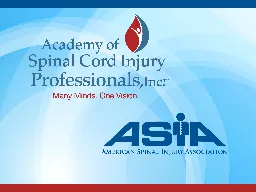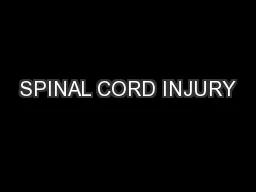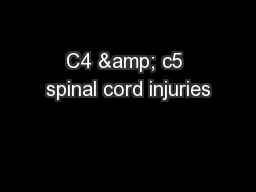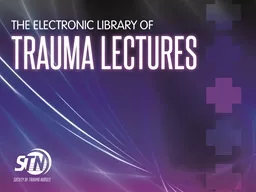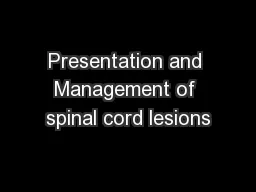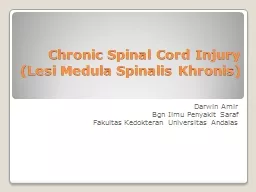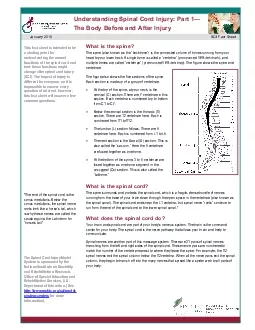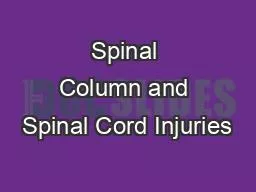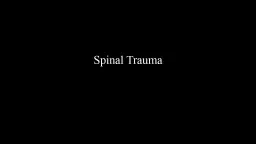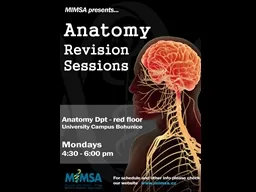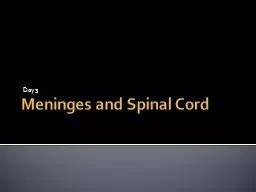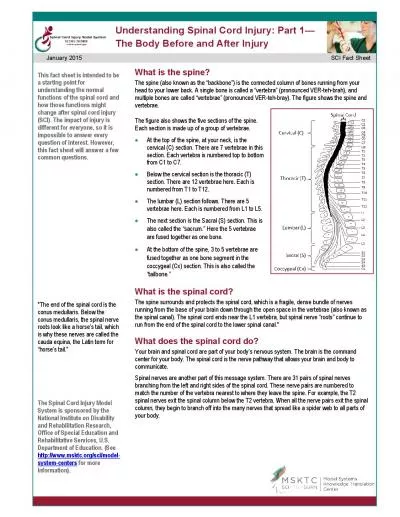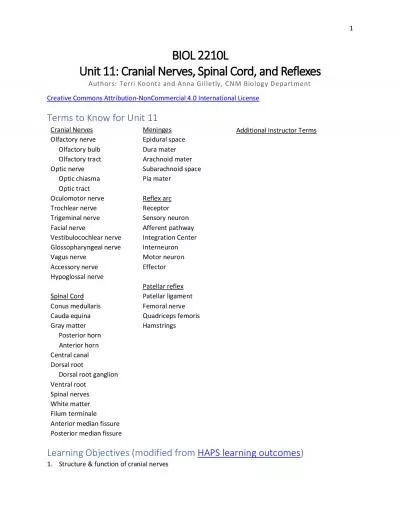PPT-Primary Care for Persons with Spinal Cord Injury or Disease
Author : lydia | Published Date : 2022-05-17
Robin Bischoff CRRN Kessler Institute for Rehabilitation rbischoffkesslerrehabcom Michael Stillman MD Sidney Kimmel Medical College of Thomas Jefferson University
Presentation Embed Code
Download Presentation
Download Presentation The PPT/PDF document "Primary Care for Persons with Spinal Cor..." is the property of its rightful owner. Permission is granted to download and print the materials on this website for personal, non-commercial use only, and to display it on your personal computer provided you do not modify the materials and that you retain all copyright notices contained in the materials. By downloading content from our website, you accept the terms of this agreement.
Primary Care for Persons with Spinal Cord Injury or Disease: Transcript
Download Rules Of Document
"Primary Care for Persons with Spinal Cord Injury or Disease"The content belongs to its owner. You may download and print it for personal use, without modification, and keep all copyright notices. By downloading, you agree to these terms.
Related Documents

